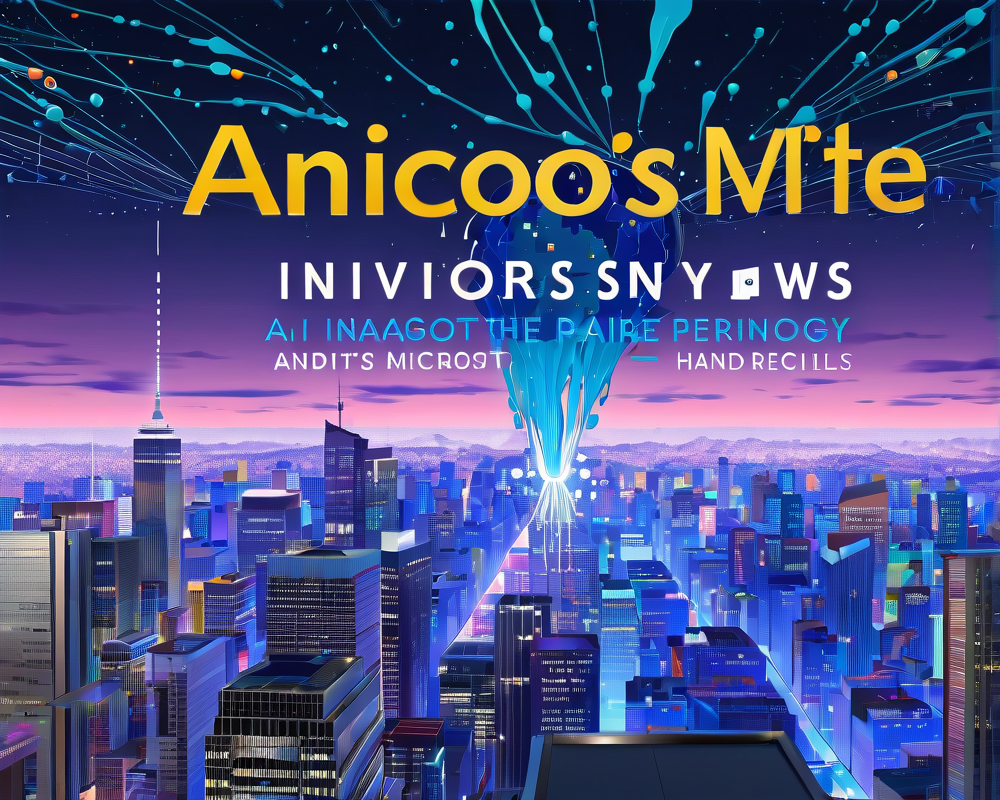The Birth of Move
At the recent Stanford Blockchain Conference, Ben Maurer, the digital lead for Calibra, took the stage to unveil Facebook’s ambitious new programming language: Move. Designed specifically for the Libra blockchain, Move aims to revolutionize how we think about programming financial applications. According to Maurer, “Move is a new smart contract language built into the core of Libra that is designed to bring a modern approach to today’s financial systems.” With financial disparities impacting billions, this validation is crucial.
Mission Possible: Redefining Financial Access
One of the standout points made during Maurer’s presentation was the staggering statistic that 1.7 billion adults worldwide are unbanked. Yet, a surprising number of these individuals—around 1 billion—have mobile phones! This presents a golden opportunity to leverage technology to bridge financial gaps. Maurer lamented how migrants lose a whopping $25 billion annually due to remittance fees, noting the problematic situation of needing to visit physical stores for transactions. He stated, “As a technologist, we should be uneasy that someone has to go to a store and pay a fee to send money.” Libra’s mission? To create a more accessible and affordable payment system using blockchain innovation.
Direct Access and Inclusivity
According to Maurer, Libra is not just about users, but also a place where developers can flourish. “With Libra, users don’t have to rely on intermediaries to store funds,” he explained. This stripped-down approach promises more inclusive access to financial services, allowing everyone from individuals to developers to interact directly with the platform. In a world riddled with financial gatekeepers, could this be the digital democratization we’ve been waiting for?
Why A New Language?
Now, one might wonder: Why create a brand new programming language when others exist? Maurer asserted that traditional programming languages do not adequately capture the unique needs of financial programming. “Everything in the Libra blockchain is represented using Move,” he explained, emphasizing the dedicated focus on payments and financial applications. This allows for a tailored design that facilitates flexibility and safety in financial transactions. While inspiration was drawn from existing platforms like Bitcoin and Ethereum, Move carves out its own niche through financial-centric architecture.
Constructing a Robust Blockchain
What powers the Libra blockchain is Byzantine fault tolerance (BFT)—a fancy term for a system that can still function as intended even when some parts fail. Maurer elaborated, “Each transaction gets ordered using byzantine fault tolerance and then gets put on a ledger.” This approach makes it much easier to track and authenticate transactions over time. Additionally, moving away from linear block structures to ever-growing Merkle trees signifies an effort to improve how data is encoded and verified. Maurer’s enthusiasm for these new technological structures was palpable, highlighting how they offer a model of efficiency not always seen in other cryptos.
The Future of Move: A Work in Progress
As promising as Move’s principles are, the road ahead seems both exciting and uncertain. Developers have already identified potential vulnerabilities, but thankfully before any large-scale rollout occurred. Edward Felten, co-founder of Open Zeppelin, noted, “There are some innovations in Move that could have real value.” As we stand on the precipice of financial technological advancement, the anticipation for how Move will evolve is shared across the community. Can this new language indeed spark a revolution?




